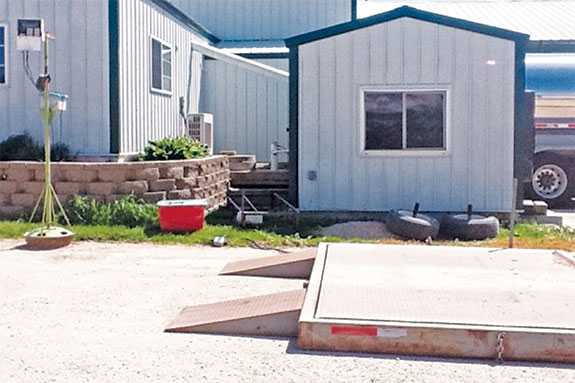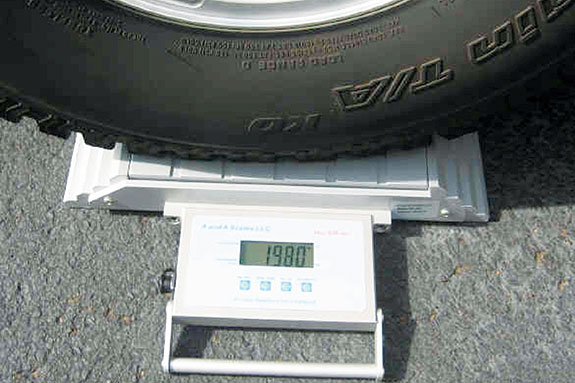The 2012 growing season was rightly declared a disaster, creating extremely tight forage inventories for many dairies. We spent last winter monitoring the piles, bunkers and bags of feed in hopes of an early spring. Unfortunately, in many areas, a wet spring has caused delays both in harvesting first-crop haylage and in getting corn planted.
In addition, major alfalfa-producing areas in the Midwest have had significant alfalfa winterkill; Dan Undersander, forage agronomist with the University of Wisconsin, estimates that nearly one million acres of Wisconsin’s alfalfa alone were affected by winterkill.
This point, combined with the fact that as of May 1 the USDA reported hay stocks at their lowest levels since 1950, has sent hay prices north of $300 per ton.
All of this leads us to a perfect example of how valuable forage is to dairy producers and how shrink, losses and poor yields can be very costly, both in time and money.
Assume a 1,000-cow dairy feeds 10 pounds dry matter (DM) of haylage per cow; they would require 1,825 tons DM of haylage with no consideration of shrink.
With 10 percent DM shrink, the required tonnage jumps to 2,007 tons DM and up to 2,100 tons DM if this dairy has 15 percent shrink.
We know that a five-unit reduction in DM loss is possible with improvements in packing density and oxygen limitation, the proper application of a good inoculant and appropriate feedout rates.
When considering this season’s tight forage supply, we might ask ourselves, “What kind of impact does an additional 20 days of feed have on milk production?” or, “How could we utilize the $32,000 that might otherwise be used to purchase hay?” because that is the reality of moving from a 15 percent shrink down to 10 percent in this economy.
Hypothetical answers to the posed questions are all that is possible though, if we can’t answer the first question which is: “What is our actual forage loss?”
To calculate shrink, use the following equation:
([ton DM harvested - ton DM fed] ÷ ton DM harvested) x 100
We must first know our total tons of DM harvested, and this can be a very difficult number to accurately obtain.
Variables abound in each step of identifying this elusive, all-important value, but we must make a reasonable effort to measure as closely as possible the amount of forage placed into storage.
There are several ways to obtain an estimate of forage yield, some certainly more accurate than others.
 • Weigh total harvest from field and collect subsamples from fields for moisture determination.
• Weigh total harvest from field and collect subsamples from fields for moisture determination.
■ Scaling the wagons: This option is becoming more viable with the installation of truck scales on the dairy.
Portable-axle scales can be used effectively as well but may not be as accurate.
■ Moisture determination: The moisture content in forages can be highly variable; we like to sample every 20 acres and when entering a new field.
The process and protocol of collecting and drying samples should be well detailed and consistent.
Keep in mind that 2 to 3 percent unit differences in DM determination can occur when using a microwave, Koster tester, in-chopper moisture meter or laboratory analysis, so it is important to always use the same tool when making adjustments.
• Weigh a representative group of forage wagons and count loads if on-farm truck scale is not an option.
■ The first watch-out for this technique is to be certain that different wagon types are taken into account when tallying the wagons; keep separate tallies for their respectively sized wagons. According to Cornell University, at least five loads per field should be weighed throughout harvest.
 ■ To weigh forage boxes, contact a nearby business with a truck scale within hauling distance or consider the use of individual-wheel weigh pads.
■ To weigh forage boxes, contact a nearby business with a truck scale within hauling distance or consider the use of individual-wheel weigh pads.
This option may take more labor and effort, but scales are portable and can often be borrowed from groups such as extension, farm business programs or agribusiness as they are often used to calibrate manure spreaders and tankers.
• Conduct a yield check in the field prior to harvest.
■ There are several ways of doing yield checks in the field; however, this practice is not accurate enough to help determine forage DM yields as they relate to shrink.
• Calculate forage contained within a structure by using DM density.
■ On many dairies, we simply work backward into our yield data by relying on DM density information from a silage audit.
When we know the dairy’s specific pounds of DM per cubic foot of storage space, we calculate the tonnage in a given storage structure and then divide the forage tons by the acres harvested.
The limitation here is that this is only a snapshot of a portion of the pile or bunker, not necessarily reflective of the entire structure.
The second portion of our equation in calculating shrink is to know the tons of DM fed out. Technology has made this value as easy to obtain as the click of a button. Feeding software programs can provide feed usage for a given period of time either in DM or on an as-fed basis.
In addition, several systems have the capability of receiving the truck scale information as forage is brought in from the fields and then incorporating that tonnage directly into the dairy’s feed inventory.
By being as descriptive as possible in labeling and placing forage into storage, we can be more confident with the calculated shrink and gain a better understanding of what practices most impact the level of loss that occurs on a specific crop.
When I visit the dairy, one of the first reports generated is the ingredient usage report from the feeding software program.
I choose a time frame for which there are two accurate remaining feed-in-storage physical measurements and known DM density so that I am able to calculate tons of feed removed from the structure.
By comparing the volume of feed removed from the structure to the ingredient usage report, we can be confident in our feed inventory calculations as well as realize quickly if the feed shrink on a given dairy is larger than expected.
So how can we invest in silage management to monitor forage yield and move toward improving shrink? We have the tools, technology and incentive to acquire the necessary information and put it to good use.
Consider hiring a “silage yield project manager” – an intern or your high school niece or nephew, perhaps an extra person with the chopping team whose sole responsibility is to follow your detailed protocol on weighing, counting and checking DM consistently on the forage you harvest this year.
However you do it, whomever you hire to do it – just do it. PD
References omitted due to space but are available upon request. Click here to email an editor.
PHOTOS
TOP RIGHT: Scaling wagons is becoming more viable with the installation of truck scales on dairies. Portable axle scales can be used effectively as well but may not be as accurate.
MIDDLE RIGHT: To weigh forage boxes, contact a nearby business with a truck scale within hauling distance or consider the use of individual wheel weigh pads. Photos courtesy of Sarah Daugherty.

Sarah Daugherty
Independent Consultant
GPS Dairy Consulting






